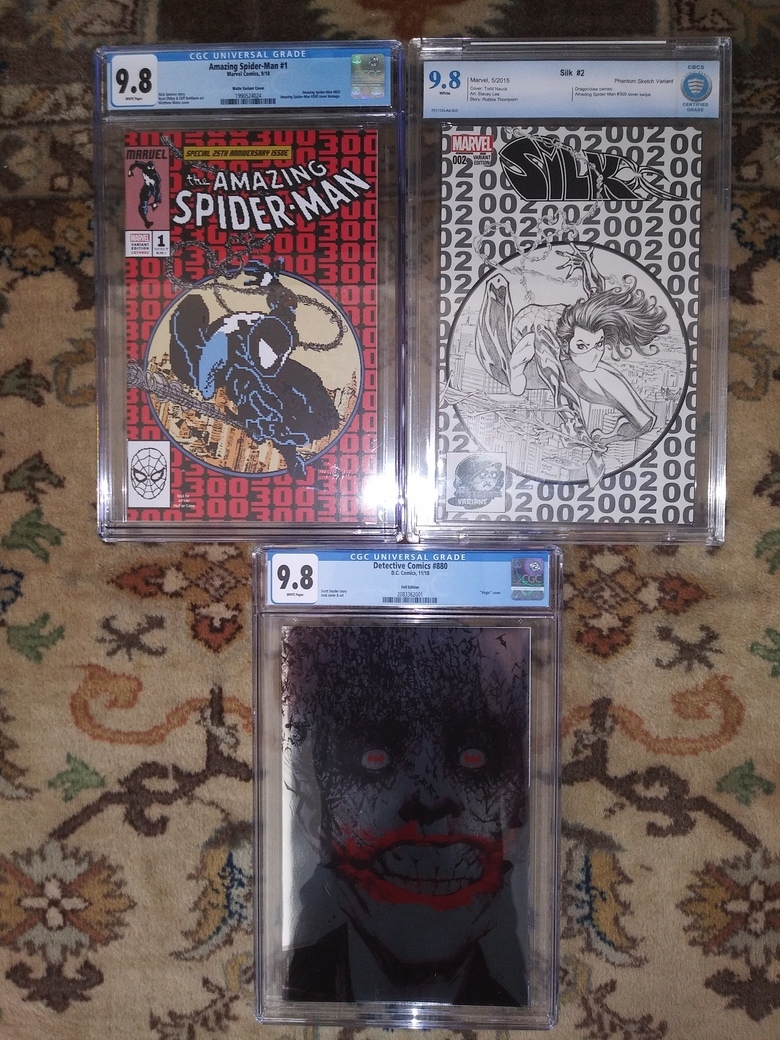

The most popular Shōnen examples include Attack on Titan, Naruto, and One Piece, while Stan Sakai’s Usagi Yojimbo is a classic in the category. Shōujo also includes the popular “Magical Girl” sub-genre. Many other subjects and genres can be covered in a Shōujo title, but the focus of these titles typically is on relationships and emotional interactions, typically featuring female protagonists. Shōujo refers to titles intended for tween and teenage girls.Shōnen also includes the popular “Mecha” and “Harem” sub-genres. Many other subjects and genres can be covered in a Shōnen title, but the focus of these titles typically is on action and/or humorous plots featuring male protagonists. Shōnen refers to titles intended for tween and teenage boys.The two most popular categories primarily serve middle grade and young adult readers.

The most popular manga are initially published in Japan where cultural differences can make finding “age-appropriate” titles more challenging, so understanding manga’s specific categories, and how “Amerimanga” may differ, is a critical first step to building a strong collection. Manga is a medium that covers every genre you can think of, for readers of all ages and interests. This brief primer will help librarians and educators get a better understanding of what manga is, its unique categories, and some key titles to consider for your collection and/or readers’ advisory recommendations. While you may have heard of some of the most popular manga series like Attack on Titan, Berserk, Demon Slayer, My Hero Academia, and Naruto, if you’re responsible for building a diverse, representative collection of manga, you’re going to have to expand your knowledge beyond that. If you’re not an avid manga reader and don’t know the difference between it and anime, or Shonen and Shoujo, understanding the ins and outs of the medium can be daunting, even if you’re familiar with Western comics’ classic superheroes and/or the many award-winning graphic novels of recent years. There are a few generally accepted definitions of manga, from its literal translation of “whimsical or impromptu pictures” to the more common “Japanese comics.” There’s also the looser description many non-manga fans use, as Benn Ray, co-owner of Atomic Books, recently noted: “Most of the people looking for manga erroneously refer to it ‘the anime.'” Now more than ever, understanding this key category is critical.” Readers have been diving into manga as a big form of COVID era entertainment, and there’s growth across the board, even in the channels most affected by COVID shutdowns. “Manga had a spectacular year in 2020 despite the global COVID pandemic.


 0 kommentar(er)
0 kommentar(er)
